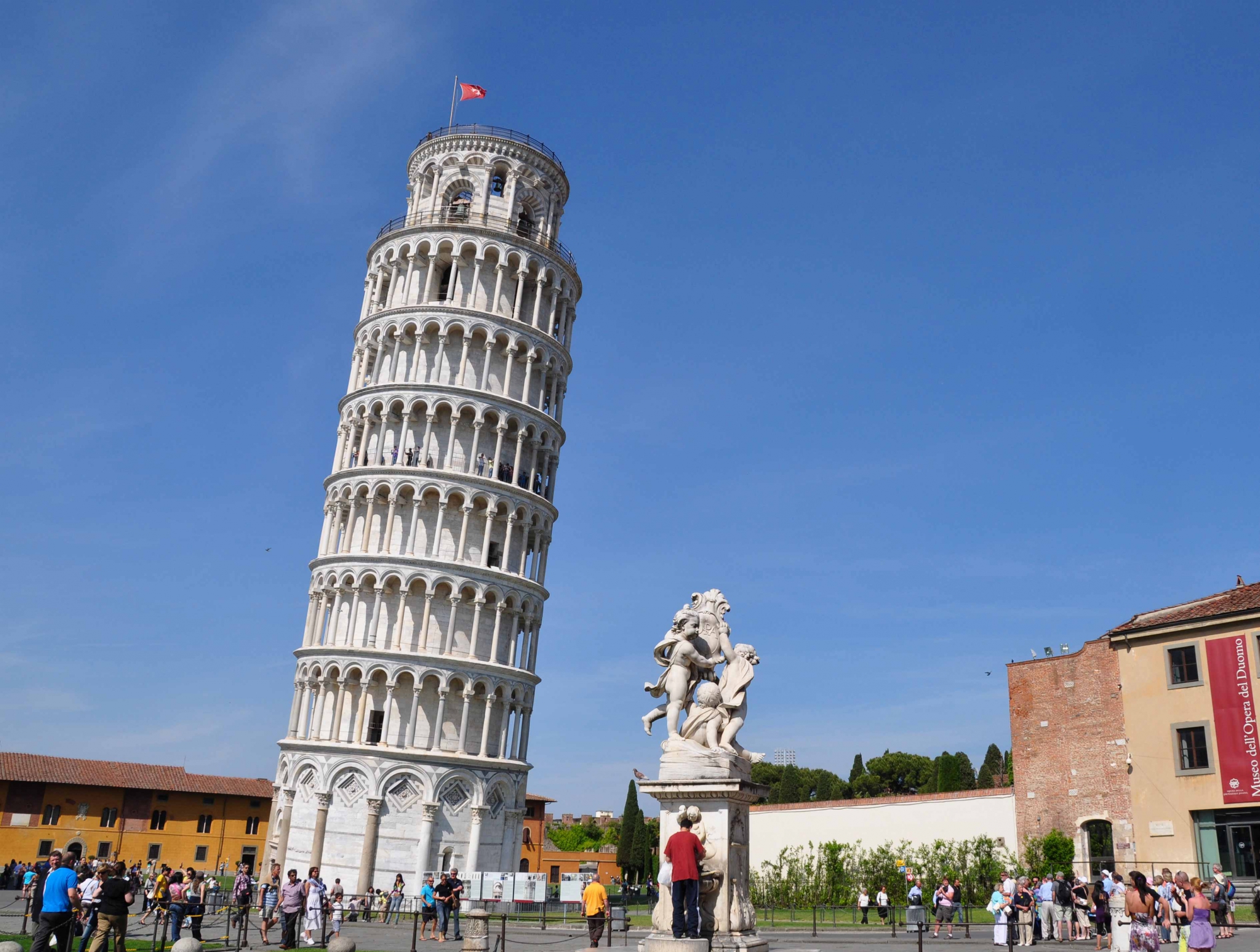
In the realm of computing, the enigmatic symbol’..’ holds a multifaceted significance, often leaving users grappling with its elusive purpose. It represents a path separator, effortlessly traversing the labyrinthine depths of directories and subdirectories. When ‘..’ graces the screen, it serves as a beacon, guiding the user back to the directory that encompasses the current one. It’s a navigational lifeline, offering a quick escape from the confines of nested folders. For instance, consider a filesystem with the following structure: “` /home/user /home/user/Documents /home/user/Pictures /home/user/Music “` If the user is currently in the ‘Pictures’ directory and wishes to ascend to the ‘home/user’ directory, ‘..’ becomes their trusty ally. By typing ‘cd ..’ into the command line, they seamlessly retreat to the parent directory, a level closer to the filesystem’s root. Furthermore, ‘..’ plays a pivotal role in relative pathing, a technique that simplifies navigation by referencing paths in relation to the current directory. For example, if the user is in the ‘Pictures’ directory and wants to access the ‘Music’ directory, they can use the relative path ‘../Music’. This instructs the system to move up one directory and then locate the ‘Music’ directory. In the context of programming, ‘..’ often serves as a placeholder for the parent object or class. It allows programmers to access properties and methods of the superordinate class without explicitly specifying its name. Although seemingly mundane, the symbol ‘..’ embodies a profound power. It facilitates effortless navigation through complex filesystem hierarchies, simplifies relative pathing, and enhances code reusability. Its presence in the computing lexicon is a testament to its indispensable nature.Ellipsis: The Three Dot PunctuationEllipsis: The Three Dot Punctuation Ellipsis, symbolized by three consecutive periods (…), is a versatile punctuation mark used in writing to convey a range of meanings and intentions. Functions of Ellipsis: * Indicates omission: Ellipsis can be used to shorten a sentence or remove unnecessary words, such as: > The report contained numerous errors and omissions… * Creates suspense or anticipation: Ellipsis can build tension, create curiosity, or foreshadow upcoming events, such as: > She stood there trembling… and then… * Denotes silence or hesitation: Ellipsis can represent pauses, hesitation, or unfinished thoughts, such as: > “I think… maybe… we should…” * Shows a break in a quotation: Ellipsis indicates that a portion of a quote has been omitted, such as: > Shakespeare wrote, “All the world’s a stage…,” highlighting the brevity and fleeting nature of life. * Emphasizes a word or phrase: By placing an ellipsis before or after a word or phrase, writers can draw attention to it, such as: > The… end is near. * Creates ambiguity or irony: Ellipsis can be used to create ambiguity or suggest hidden meanings, such as: > She always said she was… but was she really? Usage Guidelines: * Use ellipsis sparingly to avoid clutter and maintain clarity. * Ensure that the omitted words are clear from the context. * Place ellipsis within a sentence or at the end of a sentence, but not at the beginning. * When omitting a complete sentence, end with four periods instead of three (….). Ellipsis is a powerful tool that can enhance the expressiveness, clarity, and impact of written text. By understanding its various functions and guidelines, writers can effectively utilize this punctuation mark to convey their desired meaning and create compelling prose.
Animal Abuse Rampant in City’s Shelters A recent investigation has revealed widespread animal abuse and neglect in the city’s animal shelters. Overcrowding, unsanitary conditions, and inadequate care have led to numerous animal deaths and injuries. Veterinary examinations have confirmed cases of starvation, dehydration, untreated medical conditions, and physical abuse. Animals have been found living in cramped cages covered in feces, without access to clean water or adequate food. “The conditions in these shelters are appalling,” said a spokesperson for the animal advocacy group PAWsitive Action. “Animals are suffering and dying due to the negligence of city officials.” The city’s mayor has promised to take action, but critics argue that the proposed reforms do not go far enough to address the underlying problems. Animal rights activists are calling for increased funding, improved staffing, and stricter penalties for animal abuse. “We cannot continue to allow animals to suffer in these inhumane conditions,” said a volunteer for the Humane Society. “It is time for the city to prioritize animal welfare and ensure that these shelters provide a safe and healthy environment for the animals they are entrusted with.” Meanwhile, animal lovers are urged to adopt or foster from local shelters to help alleviate overcrowding and provide support to neglected animals.
Posted inNews